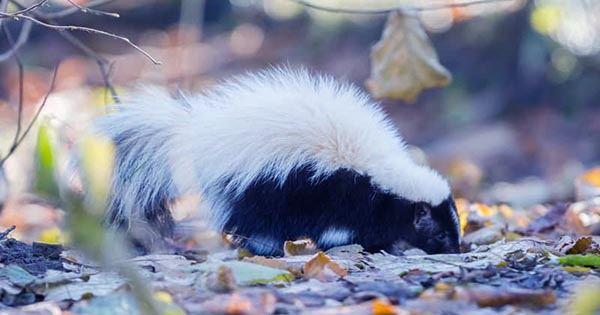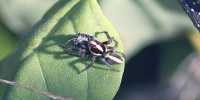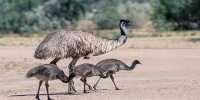Despite being both fluffy and beautiful, spotted skunks don’t get much affection — possibly because of their spectacularly pungent protection mechanism (more on that later). Those of you who appreciate little mammalian gymnastics will be happy to learn that researchers have virtually increased their number of species, from four to seven, paving the path for more effective conservation efforts.
The number of spotted skunk species has been difficult to nail down, varying from two to fourteen over the years before settling on four, but a new study published in Molecular Phylogenetics and Evolution examined skunk DNA and discovered enough variances to create seven distinct spotted species.
Getting up close and personal with skunks to study them, on the other hand, is difficult. If you’ve ever seen a skunk, it’s most likely that you encountered a striped skunk (Mephitis): think of Pepé Le Pew’s shady love life. Spotted skunks (Spilogale) are smaller, spottier (technically, their stripes are broken), and more elusive than their city-dwelling siblings, but they take the cake for being the most unusual when it comes to spraying skunks’ famous stinking spray: they do a handstand first.
One of the study’s authors, Adam Ferguson of Chicago’s Field Museum, described spotted skunks as “the acrobats of the skunk world.”
So, how do you study small, elusive creatures who don’t like it when you go too close to them? According to the squad, they put up “Wanted” posters (basically, dead or alive but most likely roadkill). Ferguson added, “We made wanted posters that we circulated across Texas in case anyone captured them or found them as roadkill.” “People recognize spotted skunks as unique since they aren’t seen every day, and they aren’t the type of roadkill that people simply paint over.”
The researchers revealed that certain samples that had been thought to be the same species were genetically extremely different after analyzing the DNA of any specimens gathered as well as samples in museums to fill in the gaps in the spotted skunk family tree. This allowed them to reshuffle the skunk groupings, adding three new ones and even revive some long-forgotten species names.














